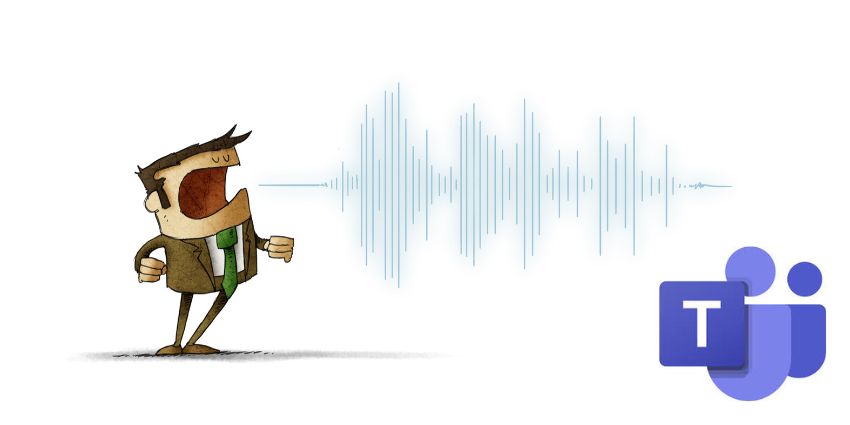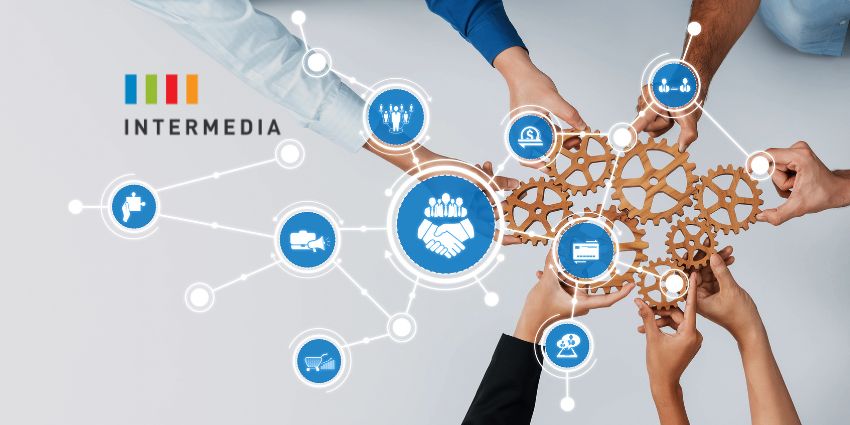Microsoft has patented a real-time name mispronunciation technology that it may be planning to launch on Teams.
- Microsoft Teams Pricing: The Ultimate Guide for 2024
- The Benefits of an Informal Contact Center for Microsoft Teams
- Voiceflex, AudioCodes Launch AI-Driven Conversational IVR for Microsoft Teams
Just as its name suggests, the feature is capable is detecting when you mispronounce the name of one of your coworkers.
As reported by Windows Report, It has been created to run seamlessly alongside meetings, cross-referencing the names of participants against what is being said and detecting if a mispronunciation occurs.
The patent also includes images of Microsoft Teams as an example of platform that could integrate this technology, which seems to be a further indication that Teams is set to incorporate this solution, on top of the simple fact of Teams being the tech giant’s video meeting platform.
In the background to the patent, Microsoft sets out some of the benefits that such a tool could offer: “The use of video in online meetings provides the added benefit of being able to see the expressions and reactions of other people in addition to being able to hear what they are saying.
“Often, being able to communicate and collaborate in real time with an online meeting fosters productivity, participation, and morale.
“Taking time to pronounce names correctly conveys respect and inclusion, and a willingness to treat everyone how you would like to be treated.
“Pronouncing other names correctly plays a crucial role during online meetings.
Real-Time Name Mispronunciation Detection
The technology works by first collecting the names and identifiers of participants prior to the meeting.
In the ‘detailed description’ of the patent, Microsoft explains that if someone’s name is “Tapan”, a speech recognition solution may interpret this as “Japan” because the words sound similar.
By getting participants to clarify their names prior to the meeting, the custom language model can ensure that it has an accurate understanding of name pronunciations.
It then compares the audio of names spoken aloud in meetings and compares them to the reference pronunciation.
Next, it creates a ‘pronunciation score’, which will be added to the relevant line and informs the speaker that there has been a mistaken pronunciation.
Finally, the solution is able to teach the speakers to correctly pronounce the name in question by recording the speaker’s attempts and providing them with feedback until they get it right.
Although this may be a simple tool in terms of its output, the technology that makes it possible is described by the Microsoft-focussed publication, Windows Report, as being “a technical achievement and game changer”.
It continues: “[The technology] requires intricate steps such as making custom language models, getting and contrasting reference pronunciations, and presenting instant notifications while maintaining privacy and safety considerations.
“The feature’s capacity to adjust for human speech subtleties and variations in names from different cultures demonstrates the progress made in speech recognition and machine learning technologies.”
Windows Report also predicts that the mispronunciation detection feature will most likely be added to Teams within the next months or possibly years.
You can check out the latest Microsoft Teams news for the last month, which includes updates relating to chat and collaboration, meetings, Mesh in Teams, webinars, fundamentals, Teams Rooms, devices, Teams Phone, platform, and frontline workers.







